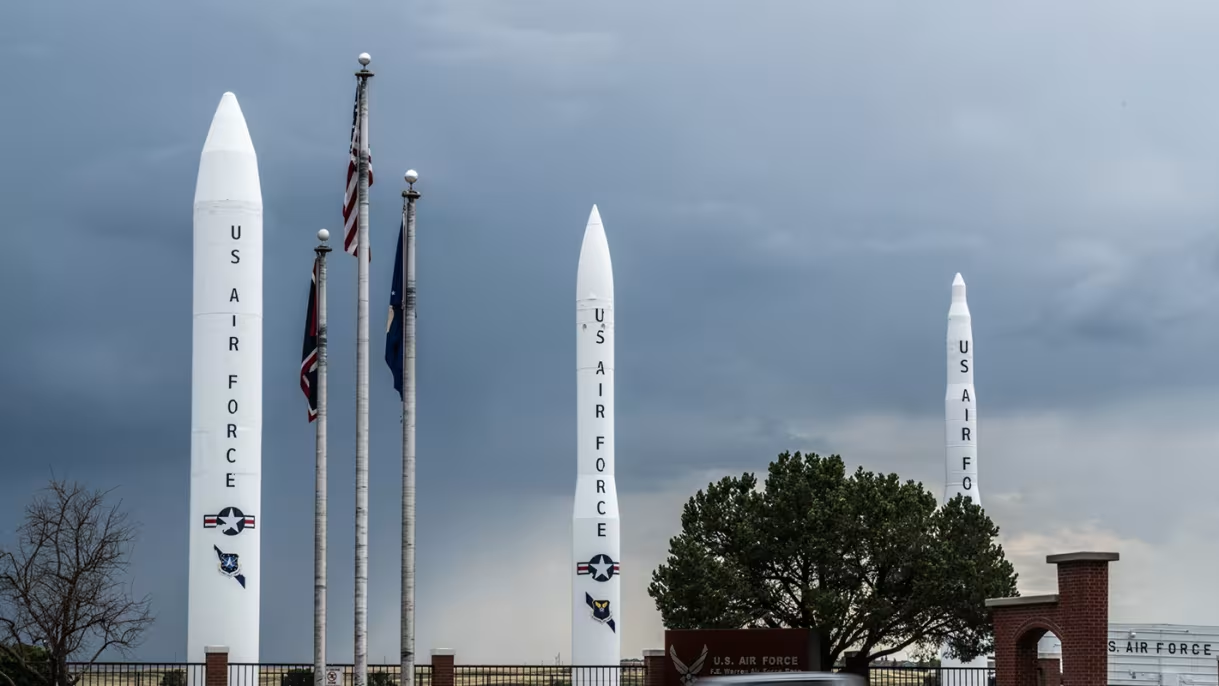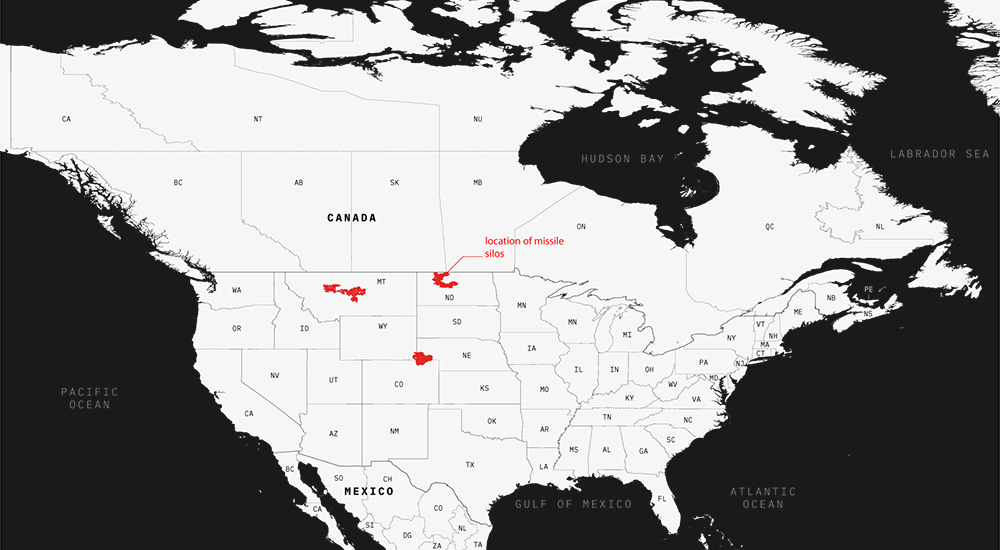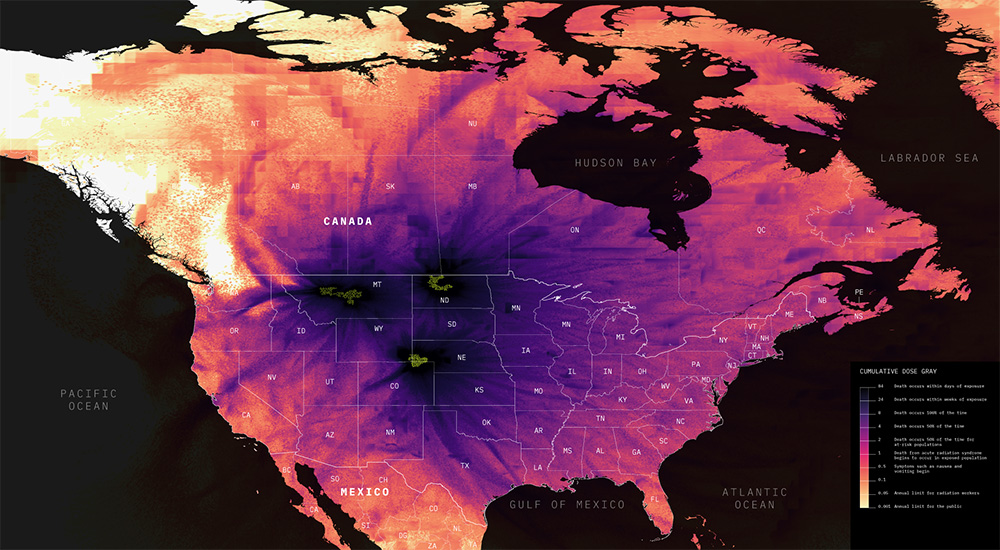

SPIA Science and Global Security Program Reveals Devastation Linked to U.S. Policy on Nuclear Missiles in Silos in Mid-West
With the threat of nuclear war at a level not seen since the Cold War, researchers from the Science and Global Security(SGS) program at Princeton’s School of Public and International Affairs have estimated there would be 300 million casualties across North America if the United States’ nuclear silos were ever attacked.
The findings come after a two-year examination and are presented in a multimedia package, “The Missiles on our Land,” which features state-of-the-art computer simulations, a podcast series, a documentary film, photography, and articles in Scientific American.

“We’re looking at the human and environmental risks with U.S. nuclear weapon policies and buildup,” said Sebastien Philippe, an SGS research scholar. “The silos are the most vulnerable nuclear weapons system in the country because the locations are fixed and have been since the 1960s. Everyone knows where they are — it’s no secret. The vulnerability of these missiles is why the U.S. Air Force keeps them on constant alert, ready to be launched within a few minutes.”
Four hundred fifty missile silos exist in five U.S. states: North Dakota, Montana, Colorado, Wyoming, and Nebraska. Of those, 400 are loaded with nuclear-armed intercontinental missiles. Phillippe used state-of-the-art software and real-weather data to calculate the radioactive fallout across the United States if the missile silos were attacked by an adversary’s nuclear weaponry on any given day in 2021. He found the effects would be felt throughout the United States, Canada, and Mexico.
“We’ve known for a long time that this would be bad,” Philippe said. “Millions of people would die from the radiation exposure. The total population that could be at risk is 300 million people across North America. Not everyone would be affected to the same degree from any given attack on any given day. It would depend on the weather.”

The missiles and silos were originally built in the 1960s by the Air Force. More than 60 years later, the current arsenal — the Minuteman III — will be replaced and upgraded at a cost of $200 billion over the next decade. “The plan is for a new generation of missiles to be deployed in these silos until at least 2070,” Philippe said.
The project builds on work that began at Princeton in the late 1970s and 1980s by Frank von Hippel, who co-founded SGS in 1974. Now an emeritus professor, von Hippel observed that his early work showed that U.S. Defense Department assessments of civilian deaths from attacks on the silo-based missiles were a thousand times too low. “I hope that the new work by Sebastien Philippe and colleagues will lead Congress to reconsider its commitment to a new generation of intercontinental ballistic missiles based in the same vulnerable silos,” von Hippel said.

The new SGS project includes a website with interactive maps to allow people to track how much nuclear fallout their area might receive. It also features a special five-part investigative podcast, “The Missiles on Our Rez,” by a SPIA undergraduate student. Ella Weber ’25 belongs to the Three Affiliated Tribes of the Fort Berthold reservation in central North Dakota — the only Native American community with nuclear missiles on its land. Weber researched and reported on the missiles, visited the silos, and narrated the podcast’s story that explores the past, present, and future of the missiles on the tribe’s land. Weber is part of Nuclear Princeton, a group of Native American Princeton students working to explore the impact of the nuclear age on indigenous communities.
“I wanted to dig into the history of the missiles and the U.S. nuclear policy and strategy to put the missiles on our land and to keep them there,” Weber said. “People in the tribe wish there was more information shared with them about the nuclear missiles, the upcoming modernization program, the dangers this creates, and what can be done.”
“The Missiles on Our Land” also includes a 23-minute documentary film produced by Scientific American in collaboration with Columbia University’s Journalism School and three feature articles that will appear in the December print issue of the magazine.

